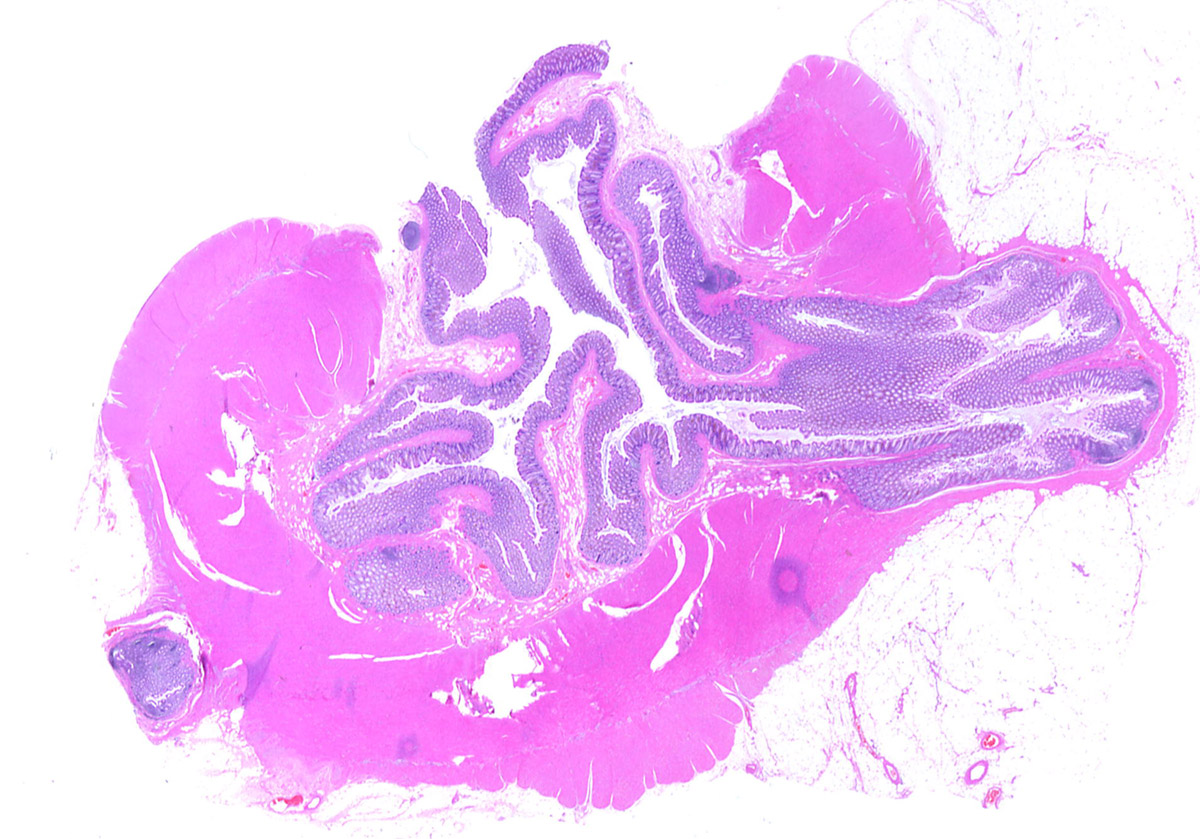
Diverticular Disease
Diverticular disease is manifested in enlargements of the intestinal mucosa – diverticula, which affects the colon. Colonic diverticula is very frequent, especially with people older than 60. Only about 20% of cases are revealed and 4% of patients feel symptoms. Fibrous substances reduce pressure in the large intestine and their lack in the diet is a helping factor for the development of diverticulosis.Symptoms
Diverticulosis is usually found by accident during an examination carried out for other reasons (sigmoidoskopy, colonoscopy). Most people with diverticula don't feel any symptoms at the time of diagnosis or for a lifetime. Less than a quarter of people will develop inflammation of the diverticula (diverticulitis). Rarely, patients will develop diverticula bleeding. The clinical manifestations of diverticulosis depend on the presence/absence of complications. Patients with uncomplicated diverticulosis, and the discovery of the disease is accidental, sometimes complain about stomach cramps, bloating, frequent gas and irregular stools. It is not clear whether these symptoms are a result of diverticula, or irritable bowel syndrome, because these two conditions are often found together. Diverticula (Diverticulitis) inflammation is characterized by diverticula shooting which may be visible (macroscopic) or invisible (microscopic). Inflammation is often mild and the small cracks are closed by surrounding fatty tissue. This may cause accumulation of pus (abscess) or, if the adjacent organs are affected, the occurrence of fistula or blockages. If the cracks in the abdominal cavity aren't closed, they cause inflammation of the peritoneum (peritonitis). The clinical presentation of diverticulitis depends on the severity of the inflammatory process and the existence of complications. A complicated diverticulitis implies the presence of abscess, fistula, obstruction, unclosed cracks, while a simple diverticulitis has no complications. Mostly, patients feel the pain in the lower left quadrant of the abdomen. The pain is usually present for several days before the patient visits the doctor, and this helps in distinguishing diverticulitis from other abdominal emergency situations. Almost half of the patients will say that they previously experienced similar pain. Other possible symptoms include nausea, vomiting, diarrhea, and urinary symptoms (difficulty when urinating, an urgent need to urinate, frequent urination). During examination, abdomen is often painful to the touch, usually in the lower left quadrant. In the fifth of cases the doctor feels a painful mass by touching the observed inflation. The pain in the whole abdomen to the touch usually points to existence of a free hole and peritonitis. Mild fever and a slight increase in the number of white blood cells are common, but their absence does not exclude the diverticulitis. Among the other laboratory tests in patients with acute abdominal pain, tests of liver function and amylase are often ordered. Liver enzymes are usually normal, while amylase may be moderately increased, particularly among patients with diverticula ruptures and peritonitis. Urinalysis may show sterile Piura (presence of pus without bacteria) that occurs due to the nearness of the inflammatory process. If there are the intestinal bacteria in the urine, this indicates the existence of fistula between colon and bladder. Bleeding from diverticula is usually manifested as painless bleeding from colon. Many patients have microscopic bleeding that does not change the stool color, but nearly half of them notice the presence of fresh blood in the stool. Usually, there is no abdominal pain so the combination of bleeding and infection is very rear. Diverticular colitis (diverticular inflammation of the colon) does not occur often. It usually affects the sigmoid region. Inflammation intensity varies, from mild inflammatory changes to extensive bowel disorders that resemble inflammatory bowel diseases (ulcerative colitis, Crohn's disease).


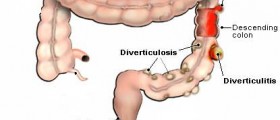
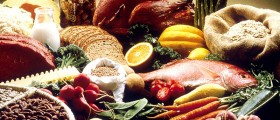
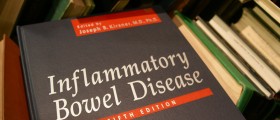

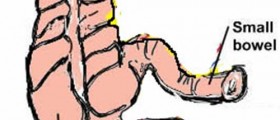






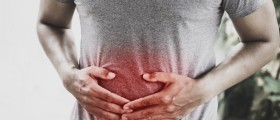

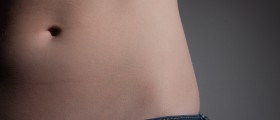
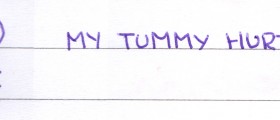
Your thoughts on this
Loading...